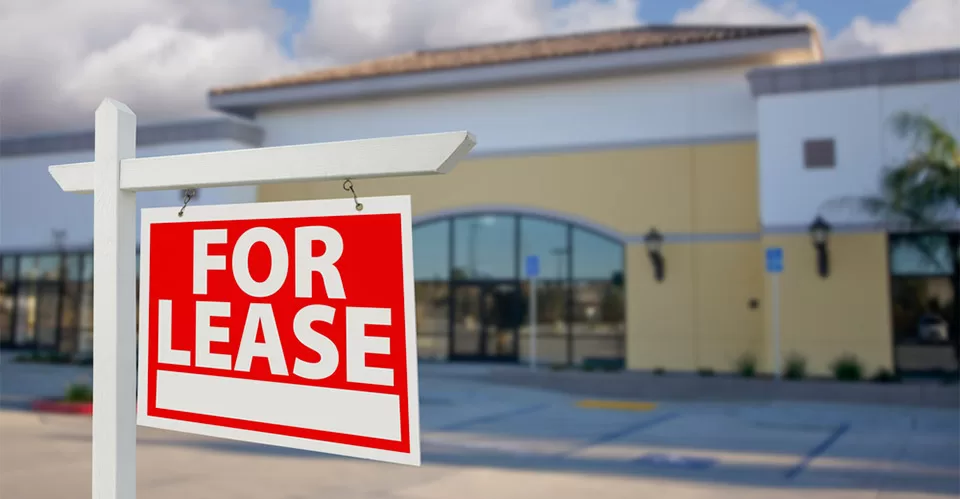
How to Lease Commercial Retail Space
Lease Commercial Retail Space in 4 simple steps! Use a property agent or broker, or manage the process yourself. But before you get started, read our advice.
How Retail Leases Differ from Other Commercial Leases
Retail leases are like any other type of commercial lease, however they also come with some additional obligations for the landlord.
These additional obligations are designed to protect tenants in scenarios where the bargaining power between the landlord and the tenant may not be equal, such as an independent retailer leasing a retail space from a large shopping centre owner, and relate to:
- the disclosure of information
- unconscionable, misleading or deceptive conduct by the landlord
- lease preparation fees
A key difference between retail and standard commercial leases is the requirement for landlords to provide tenants with a disclosure statement, which specifies the financial obligations the tenant is agreeing to, such as rent, rent reviews, outgoings and other costs associated with leasing the property, before they sign the lease.
The legislation relating to retail leases will vary depending on the individual state or territory, so it’s important to find out what the rules are in your location.
How to Lease Commercial Retail Space in 4 Steps
1. Decide how you’ll manage the process
There are two main ways to lease commercial retail space—you can use a commercial property agent or broker, or you can manage the process yourself.
Opting to use a commercial agent can be beneficial when dealing with a hard-to-lease property, however it can be expensive. In most cases, it’s relatively easy to lease commercial property yourself and it can save you a lot of money.
2. Prepare the property for lease
Take care of any maintenance issues and ensure the property is clean and ready for tenants to occupy immediately upon commencement of the lease.
This is also a good opportunity to build a list of contacts that can help with general maintenance issues that arise throughout the course of the lease, such as a builder, electrician and plumber.
It’s also common for retail tenants to want to make changes to the property fit-out, so be prepared for this type of request.
3. Take care of the legal and administrative aspects
You’ll need to engage a conveyancer or solicitor to help you prepare the commercial retail lease agreement and disclosure statement.
It’s also important to obtain commercial property insurance to provide protection against damage to the property, and ensure you have a system in place for managing payments.
4. Find suitable tenants
When you’re ready to find tenants for your retail property, PropertyNow makes it easy.
For a flat fee, you can advertise your commercial retail space for lease on all major commercial real estate websites and get the property seen by prospective tenants. If desired, you’ll also have the option to purchase additional extras and add-ons to make your property stand out and increase exposure.
Ready to find out more about how to lease commercial retail space? Sign up now and we’ll help you get started.